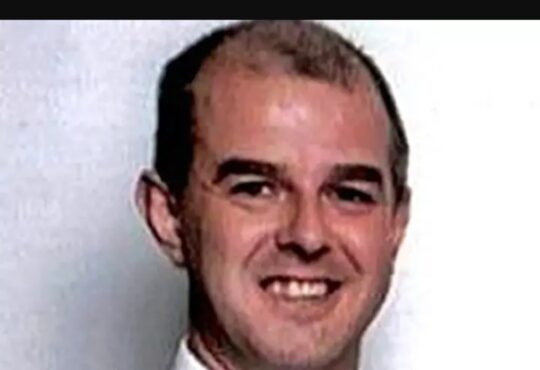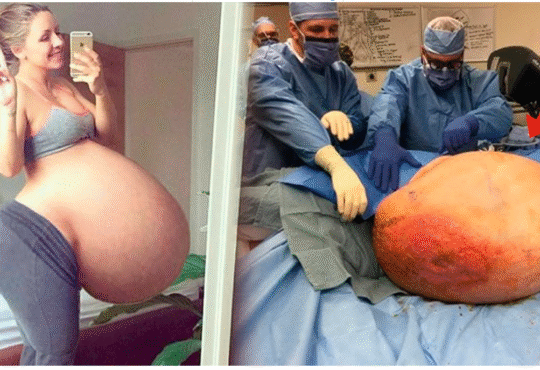
Scientists have made an exciting discovery 4,000 feet deep in the Gulf of Aqaba, a part of the Red Sea. This area is famous because it’s where Moses is said to have parted the Red Sea to lead the Israelites out of Egypt. The Gulf of Aqaba is located between Egypt, Israel, Jordan, and Saudi Arabia and is about 98 miles long and 7 to 14 miles wide.
The discovery? Deep underwater “brine pools,” which are extremely salty and have no oxygen. These pools are rare only a few dozen exist worldwide, mostly in the Gulf of Mexico, the Mediterranean Sea, and the Red Sea. Scientists believe studying these pools could help us understand how life began on Earth, as they resemble the conditions of the early planet.
Sam Purkis, a marine geoscience expert, explained that life on Earth likely started in deep, oxygen-free waters like these. The brine pools are home to special microbes that thrive in harsh conditions, and studying them could even help us search for life on other planets. Some of these microbes have already been used to create medicines, like antibiotics and cancer treatments.
What makes this discovery even more special is its location. Most brine pools in the Red Sea are found far offshore, but these new ones are just 1.25 miles from the coast. The pools are also fascinating because they preserve ancient sediment layers perfectly, giving scientists a clear look into the past.
The area around the pools is full of life, with fish, shrimp, and eels using the brine to hunt. Any creature that swims into the pools is instantly stunned or killed, leaving the sediment layers undisturbed. This makes the pools a unique window into Earth’s history and could help scientists understand other “water worlds” in our solar system.





